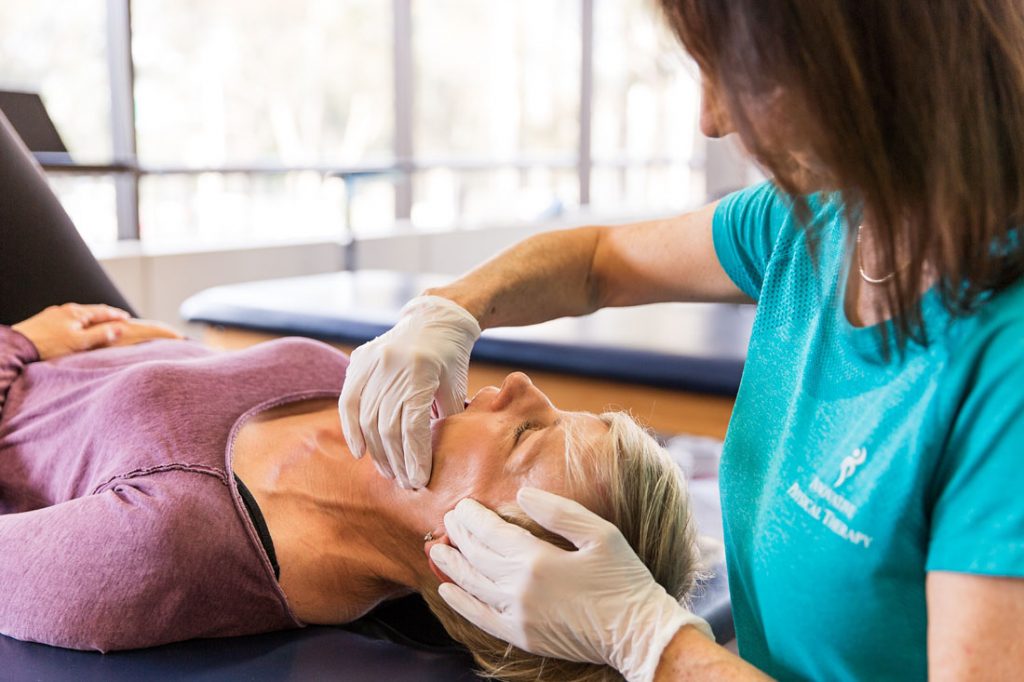People commonly mistake referring to conditions affecting the jaw as “TMJ”. TMJ actually refers to the jaw joint itself, or the temporomandibular joint. The correct reference to conditions limiting or affecting the natural function of the jaw is TMD, or temporomandibular disorder. TMD interferes with the normal movement of the jaw, limiting or restricting opening and/or closing of the mouth, which can affect talking, eating, and/or yawning. TMD is so common a disorder that current statistics has it affecting more than 10 million people in the US. TMD affects more women than men, and more common amongst people aged 20 to 40.
Causes for TMD vary greatly. The most common are the result of chronic grinding, excessive jaw clenching, jaw locking due to the jaw muscles going into spasm from the mouth being open too long (commonly seen after extensive dental work), and poor teeth alignment (called malocclusion) that may also require braces, mouth guards or mouth splints. Less common is direct forceful trauma (bruise or fracture) to the jaw itself, and even after healed, joint pain and stiffness may result.
Poor posture plays a big role in TMD causing strain to the jaw and neck structures. Issues with the neck play a significant role in TMD. Not every person with a neck problem has TMD, but most people experiencing TMD have issues with their neck. Arthritis in the jaw may result from TMD or be a cause of TMD resulting in painful inflammation. And surgeries to the face and especially to the jaw may restrict joint mobility resulting in TMD.
What is the role of a physical therapist in treating TMD?

A physical therapist specializing in treating the TMJ can significantly help people experiencing signs and symptoms of TMD through treatment designed to ease jaw pain and restore normal jaw function. Not all physical therapists are trained in the treatment of TMD so it is important to find one that has experience in this area.
Upon completing a thorough evaluation the physical therapist will devise an individualized treatment plan that will include posture training, go over TMD guidelines for pain relief, prevention and relaxation; use manual therapy techniques inside and outside the mouth to restore normal joint and muscle function; provide neck and upper back strengthening exercises to improve posture; teach gentle jaw exercises to restore normal movement; and use a variety of treatment tools including cold laser, ultrasound, electrical stimulation, heat and/or cold to relieve pain and inflammation.
If the physical therapist determines that the TMD is caused by problems with teeth alignment and/or that a specialized mouth guard or appliance will help, a referral to a dentist or a dentist specializing in treating TMD will be recommended.
If you are experiencing jaw pain, jaw popping with opening and/or closing the mouth, having difficulty opening your mouth to talk, eat and/or yawn, having neck pain, headaches, unexplained dizziness, ear pain, and/or ringing in the ear you may be having symptoms of TMD. If so, scheduling an evaluation with properly trained Physical Therapist may be your best medicine.
